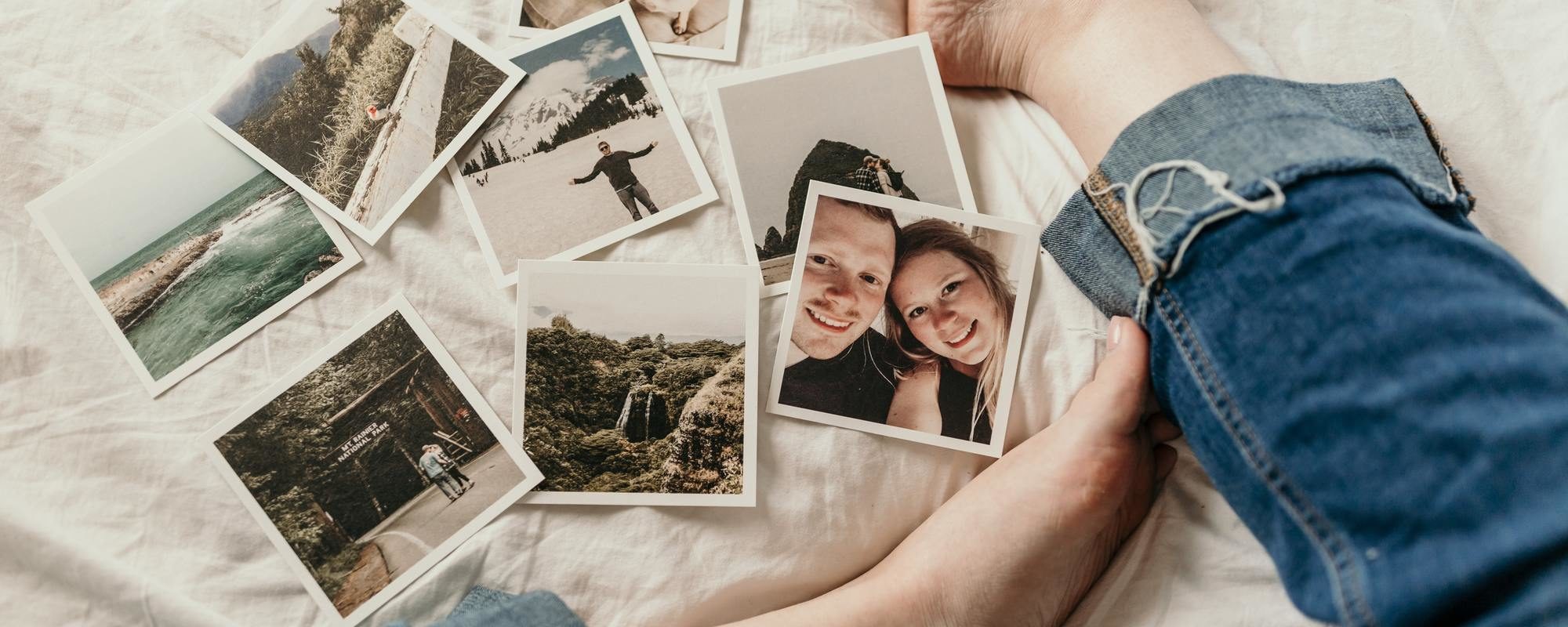

Articles
How To Store Polaroids
Modified: December 7, 2023
Learn the best way to store your Polaroids with these helpful articles. Preserve your memories for years to come with proper storage techniques.
(Many of the links in this article redirect to a specific reviewed product. Your purchase of these products through affiliate links helps to generate commission for Storables.com, at no extra cost. Learn more)
Introduction
With their distinctive vintage charm and unique ability to capture moments in an instant, Polaroid photos have become iconic keepsakes for many people. However, without proper storage and care, these cherished memories can fade, deteriorate, or become damaged over time.
In this article, we will explore the importance of storing Polaroids correctly and provide you with essential tips to ensure the longevity and preservation of your precious snapshots. From choosing the right storage solution to protecting them from light exposure and controlling temperature and humidity, we will cover all the necessary steps to keep your Polaroids in pristine condition.
So, whether you’re a seasoned collector or just starting to delve into the world of analog photography, read on to discover how you can store your Polaroids properly and safeguard these treasured images for years to come.
Key Takeaways:
- Preserve your Polaroids by choosing acid-free storage solutions, protecting them from light exposure, and controlling temperature and humidity. Organize, label, handle, and clean with care to ensure longevity and cherish memories for generations.
- Strike a balance between preservation and enjoyment of your Polaroids. Choose the right storage, protect from light, control temperature and humidity, organize, label, handle, and clean with care. Create digital backups and seek professional restoration if needed to ensure your cherished memories last for generations.
Read more: How To Store Polaroid Film
Choosing the Right Storage Solution
When it comes to storing your Polaroids, selecting the right storage solution is crucial in preserving their quality and protecting them from damage. Here are a few options to consider:
1. Photo Albums: Investing in acid-free, archival-quality photo albums is an excellent choice for storing your Polaroids. Look for albums with clear, non-PVC sleeves that will keep your photos safe from dust, moisture, and fading. Opt for albums with acid-free paper inserts to protect the photos from gluing or sticking to the pages.
2. Acid-Free Sleeves: If you don’t want to use photo albums, acid-free sleeves are another practical and cost-effective storage option. These transparent sleeves provide protection against dust, fingerprints, and light exposure. Make sure to choose acid-free, polypropylene sleeves that are specifically designed for Polaroid-sized photos.
3. Acid-Free Boxes: If you prefer to store your Polaroids in a more compact and stackable manner, acid-free boxes are an ideal solution. These boxes come in various sizes and are made from acid-free materials to prevent any chemical reactions that may damage the photos. Remember to label the boxes to easily identify the contents.
4. Framing: If you have Polaroids that hold significant sentimental value or are a standout part of your collection, consider framing them. Choose acid-free, UV-resistant frames to protect the photos from light damage. Display them in a location away from direct sunlight to minimize fading and deterioration.
Whatever storage solution you choose, ensure that it is free from PVC, as PVC materials can emit harmful gases that may cause damage to your Polaroids over time. Additionally, always handle your photos with clean, dry hands to avoid transferring oils or dirt onto the surface of the images.
By selecting the right storage solution, you can not only protect your Polaroids from external elements but also showcase and appreciate them for their aesthetic qualities.
Protecting Polaroids from Light
Light exposure is one of the biggest threats to the longevity of your Polaroids. Over time, excessive exposure to light, especially sunlight and UV rays, can cause the colors to fade and the image quality to deteriorate. To prevent this, follow these essential tips to protect your Polaroids from light:
1. Display in Low-Light Areas: When displaying your Polaroids, choose areas of your home or office that receive minimal direct sunlight. Avoid placing them near windows or in rooms with constant exposure to bright, natural light. Instead, opt for shaded areas or use curtains or blinds to diffuse direct sunlight.
2. Use UV-Blocking Glass or Acrylic: If you decide to frame your Polaroids, opt for UV-blocking glass or acrylic to protect them from harmful UV rays. These materials help reduce the amount of UV light that reaches the photo, minimizing the risk of fading and discoloration over time.
3. Rotate Displayed Polaroids: If you have a collection of Polaroids that you like to showcase, consider periodically rotating the displayed photos to limit their exposure to light. This practice can help ensure that no single photo is constantly exposed and that all the images in your collection are equally protected.
4. Store in Lightproof Containers: When your Polaroids are not on display, it’s essential to store them in lightproof containers. This could be acid-free photo albums, sleeves, or boxes specifically designed to block out light. These containers will shield your photos from any potential light damage when they are not being enjoyed.
5. Avoid Fluorescent Lighting: Fluorescent lights emit ultraviolet light that can be harmful to your Polaroids. Try to avoid storing or displaying them near fluorescent lighting fixtures to minimize the risk of fading. Opt for LED or incandescent lighting options instead, as they emit little to no UV radiation.
Remember, even the smallest amount of light exposure over an extended period can cause damage to your Polaroids. By taking proactive measures to protect them from light, you can ensure that your cherished memories retain their vibrant colors and sharpness for years to come.
Controlling Temperature and Humidity
Controlling the temperature and humidity levels where you store your Polaroids is essential to prevent damage caused by moisture, mold, and deterioration. Here are some tips to help you maintain optimal temperature and humidity conditions:
1. Temperature: Polaroids are best kept in a cool and stable environment. Avoid extreme temperature fluctuations, as they can cause the photos to warp, curl, or stick together. Ideally, store your Polaroids in a location with temperatures between 60-75°F (15-24°C).
2. Humidity: High humidity levels can lead to moisture damage, resulting in mold growth or warping of your Polaroids. Aim for a humidity level of around 40-50% to maintain the integrity of the photos. If the humidity is high in your area, consider using a dehumidifier or silica gel packs in your storage containers to absorb excess moisture.
3. Avoid Basements and Attics: Basements and attics are typically more susceptible to temperature and humidity fluctuations. It’s best to choose a storage location away from these areas to ensure a more stable environment for your Polaroids.
4. Climate-Controlled Storage: If you have a large collection of Polaroids or live in a climate with extreme temperature or humidity variations, you may want to consider using a climate-controlled storage facility. These facilities offer regulated temperature and humidity levels, providing an ideal environment for safeguarding your photos.
5. Ventilation: Proper ventilation is crucial in controlling humidity levels. Ensure that the storage area has adequate airflow to prevent the buildup of moisture. Avoid storing your Polaroids in airtight containers that can trap moisture and adversely affect the quality of the photos.
By maintaining a stable temperature and humidity environment, you can significantly prolong the life of your Polaroids and preserve their original condition. Taking these precautions will help protect your cherished memories and ensure that they remain in the best possible state for years to come.
Store Polaroids in a cool, dry place away from direct sunlight to prevent fading. Use acid-free photo albums or archival storage boxes to protect them from damage.
Organizing and Labeling Polaroids
As your collection of Polaroids grows, it’s essential to have a system in place to organize and label them effectively. This not only makes it easier to find specific photos but also helps protect them from unnecessary handling. Here are some tips to help you organize and label your Polaroids:
1. Categorize by Date or Theme: Consider organizing your Polaroids by date or by a specific theme, such as events, vacations, or people. This makes it easier to find photos from a particular time or subject matter. Use dividers or sections within your storage solution to separate and categorize your Polaroids accordingly.
2. Create an Index or Catalog: If you have a large collection, creating an index or catalog can be a helpful way to keep track of your photos. This can be a digital document or a physical notebook where you record details about each Polaroid, such as date, location, and any significant memories associated with the photo. Attach corresponding labels or numbers to the Polaroids to cross-reference them with your index.
3. Labeling: Labeling your Polaroids provides additional context and information. Use acid-free and archival-safe markers or pens to write light, non-permanent labels on the back of the photos. Include details such as dates, names, locations, or any significant details that will help you remember the story behind each image. Be sure to let the ink dry completely before handling or storing the Polaroids to avoid smudging.
4. Digitize Your Polaroids: In addition to organizing physical copies, consider digitizing your Polaroids to have a backup and to make them more accessible. Scan or photograph your photos using a high-resolution scanner or smartphone camera. Store the digital copies in a separate folder on your computer, in the cloud, or on an external hard drive. This ensures that even if something happens to the physical copies, you’ll still have a digital record of your Polaroids.
Remember to handle your Polaroids with clean hands and be gentle when organizing or labeling them. Avoid using adhesive labels or tapes directly on the photos, as they can cause damage. Instead, use removable labels or paper strips to mark the categories or descriptions.
By organizing and labeling your Polaroids, you not only create a system that makes it easier to enjoy and share your memories, but also help preserve the photos by minimizing unnecessary handling.
Read more: How To Store Polaroid Pictures
Handling and Cleaning Polaroids
Proper handling and cleaning techniques are crucial for maintaining the condition and longevity of your Polaroids. Follow these guidelines to ensure that you handle and clean your photos safely:
1. Clean Hands: Before handling your Polaroids, make sure your hands are clean and free from any lotions, oils, or dirt. Wash and dry your hands thoroughly or wear clean, lint-free gloves to minimize the risk of transferring any substances onto the surface of the photos.
2. Handle with Care: When picking up or maneuvering your Polaroids, handle them delicately by the edges or use clean tweezers to avoid touching the image area. Touching the emulsion side or applying pressure to the surface can cause smudges or fingerprints that may be difficult to remove.
3. Cleaning: If your Polaroids require cleaning due to dust, fingerprints, or minor smudges, it’s important to proceed cautiously. Start by gently blowing away any loose dirt or dust particles using a can of compressed air or a soft-bristled brush. Avoid using any liquid cleaning solutions or wipes directly on the photo surface, as they can cause damage.
4. Stain Removal: If you encounter stubborn stains or marks on your Polaroids, it’s best to consult with a professional conservator or archivist experienced in photo restoration. They will have the necessary expertise and tools to safely remove stains without causing further damage to the photo.
5. Storage Cleanliness: Regularly clean the storage containers and albums where you store your Polaroids. Dust and debris can accumulate over time, so wipe down the containers and sleeves gently with a clean, lint-free cloth to prevent any particles from making their way onto the photos.
6. Avoid Exposure to Liquids: It’s essential to keep your Polaroids away from any liquids, including water, cleaning solutions, and even drinks. Accidental spills or moisture exposure can cause irreversible damage to the photos, leading to fading, discoloration, or warping.
Remember, prevention is key when it comes to handling and cleaning Polaroids. By being gentle, using clean hands or gloves, and avoiding exposure to liquids, you can ensure that your Polaroids remain in pristine condition for years to come.
Long-Term Preservation Tips
In addition to proper storage, there are some long-term preservation tips you can follow to ensure the continued quality and longevity of your Polaroids:
1. Avoid Direct Sunlight: As mentioned earlier, prolonged exposure to sunlight can cause fading and deterioration. Store your Polaroids in a location away from direct sunlight and avoid displaying them in areas with intense light sources.
2. Regular Inspection: Periodically inspect your Polaroids for any signs of damage or deterioration. Look out for discoloration, fading, or mold growth. Identifying any issues early on can help you take necessary measures to prevent further damage or seek professional assistance for restoration if needed.
3. Backup Digital Copies: While physical Polaroids hold sentimental value, it’s wise to create backup digital copies. Digitize your Polaroids using high-quality scanners or cameras, and store the digital files on multiple devices or in the cloud. This ensures that even if something happens to the physical copies, you still have a digital record of your precious memories.
4. Preserve the Negative: If you still have the original negatives of your Polaroids, make sure to store them properly. The negatives can be used to create additional prints or as a reference for restoration purposes. Store the negatives in archival-quality sleeves or envelopes, away from heat, light, and moisture.
5. Handle and Display with Caution: When handling or displaying your Polaroids, be mindful of the environment and potential risks. Avoid exposing them to extreme temperatures, humidity, or handling them with dirty hands. Use acid-free materials and high-quality frames for display to protect your Polaroids from damage.
6. Professional Restoration: If your Polaroids have sustained significant damage or degradation over time, consider consulting a professional conservator or archivist specializing in photo restoration. They have the knowledge, skills, and resources to restore and preserve your photos using specialized techniques and tools.
By implementing these long-term preservation tips, you can ensure that your Polaroids continue to evoke memories and retain their original quality for generations to come.
Conclusion
Preserving your Polaroids is more than just holding on to cherished memories – it’s about safeguarding a piece of history and capturing moments that can never be replicated. By following the tips outlined in this article, you can ensure that your Polaroids remain in excellent condition, ready to be enjoyed for years to come.
Choosing the right storage solution, protecting your Polaroids from light exposure, controlling temperature and humidity, organizing and labeling them effectively, and handling and cleaning them with care are all essential steps in preserving these unique photographs.
Remember, the key is to strike a balance between proper preservation techniques and the joy of sharing and displaying your Polaroids. While it’s important to protect them from the elements, it’s equally important to enjoy and appreciate their beauty. Display them in safe locations, share them with loved ones, and revisit the memories they hold.
Digital preservation is also vital in today’s digital age. By creating backup digital copies of your Polaroids, you can ensure that even if something happens to the physical copies, your memories will still be preserved in a digital format.
If you encounter significant damage or deterioration, do not hesitate to seek professional assistance. Experts in photo restoration have the expertise and tools to salvage and restore your Polaroids, preserving their unique character and historical value.
So, whether you have a small collection of Polaroids or a treasure trove of memories, be mindful of how you store, handle, and care for your Polaroids. With proper preservation techniques, you can protect these moments captured in time, allowing them to be cherished and treasured for generations to come.
Frequently Asked Questions about How To Store Polaroids
Was this page helpful?
At Storables.com, we guarantee accurate and reliable information. Our content, validated by Expert Board Contributors, is crafted following stringent Editorial Policies. We're committed to providing you with well-researched, expert-backed insights for all your informational needs.

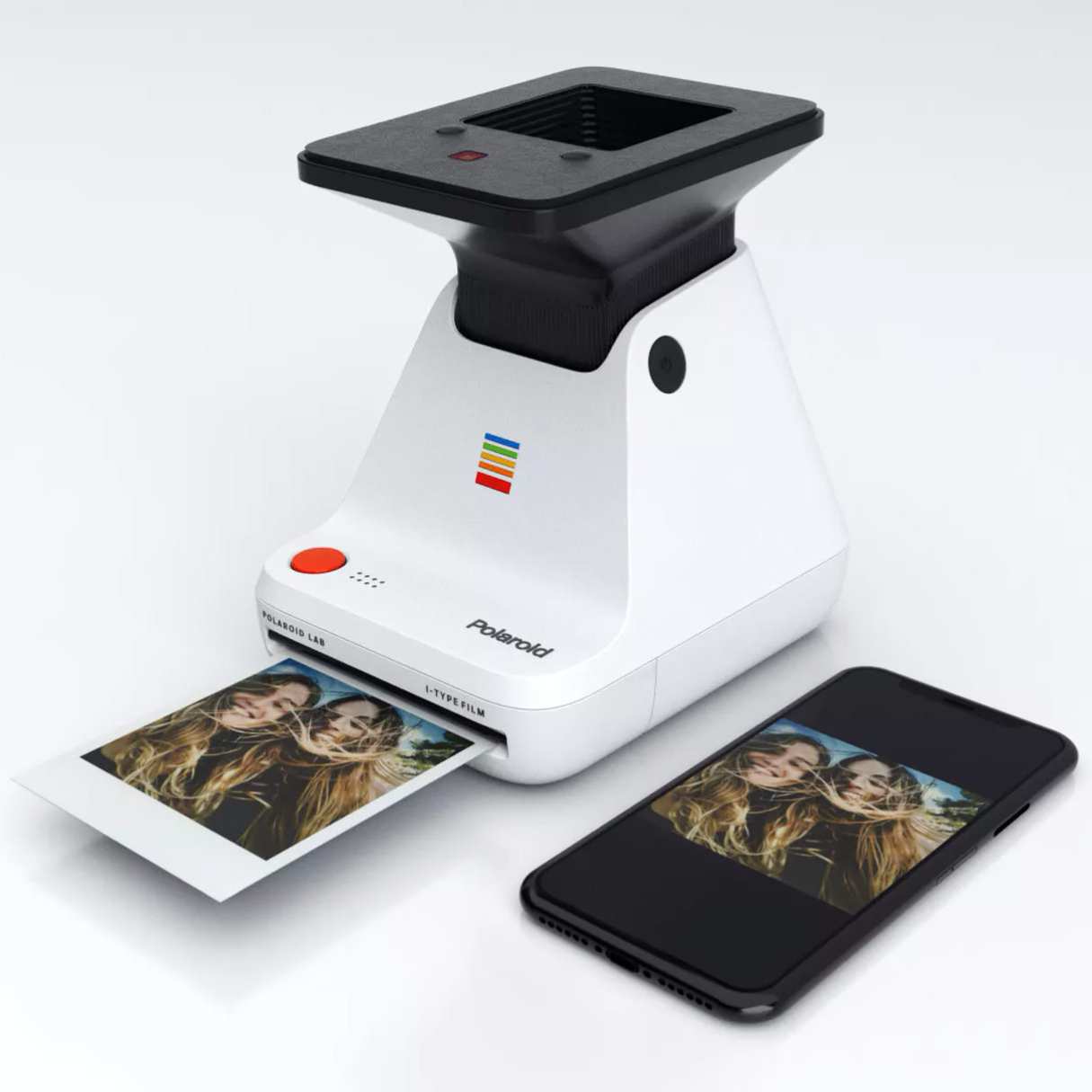
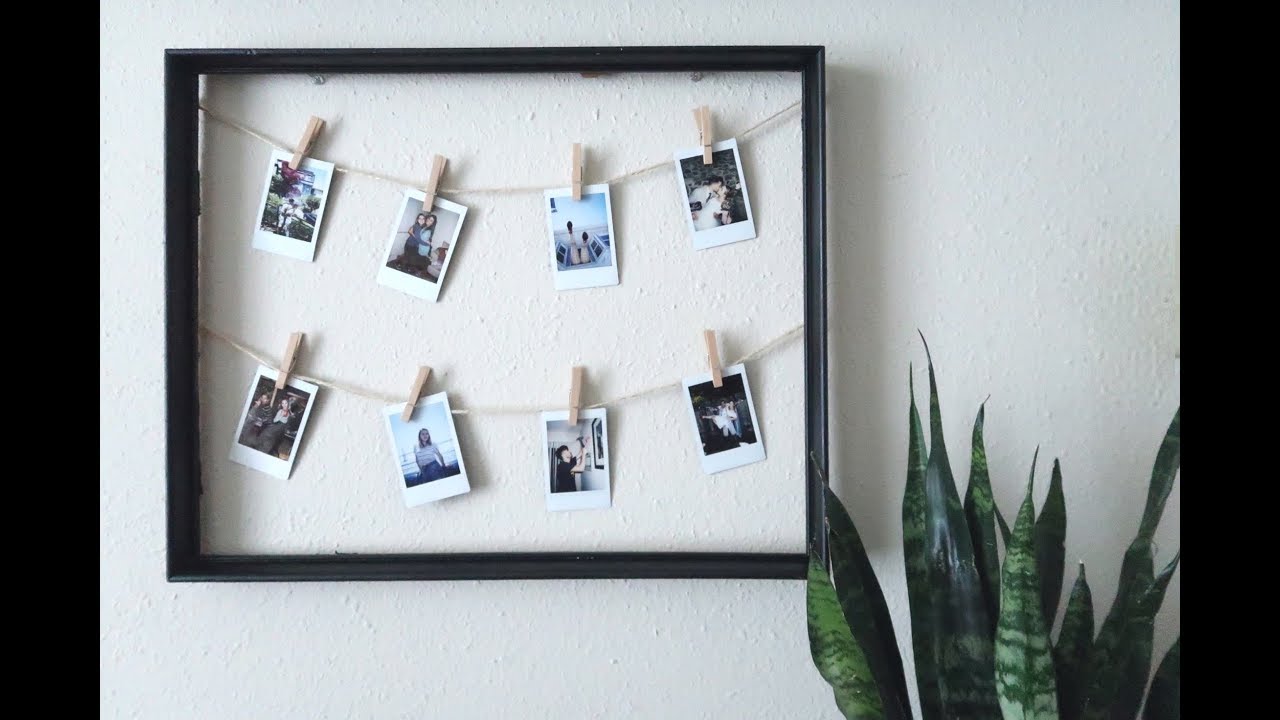





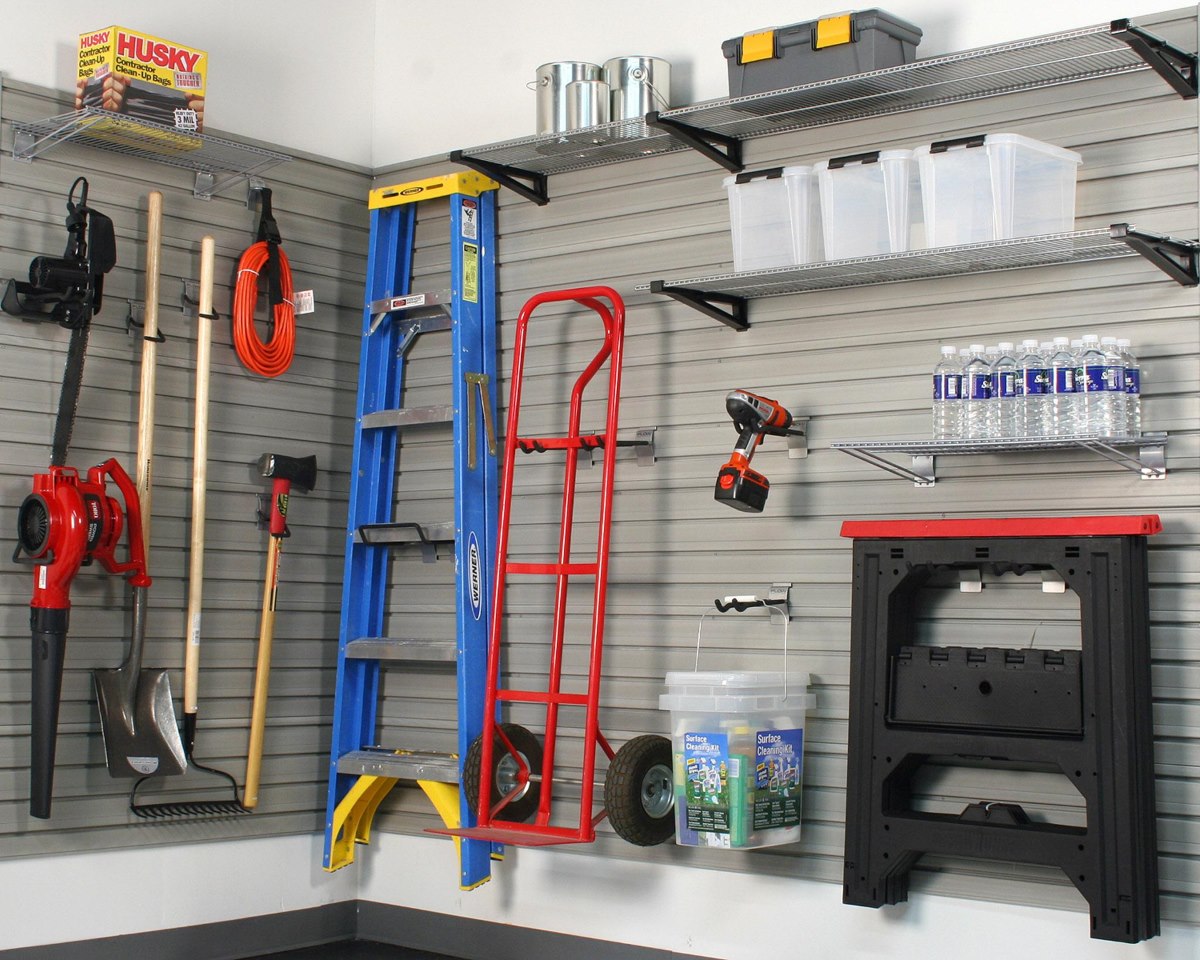

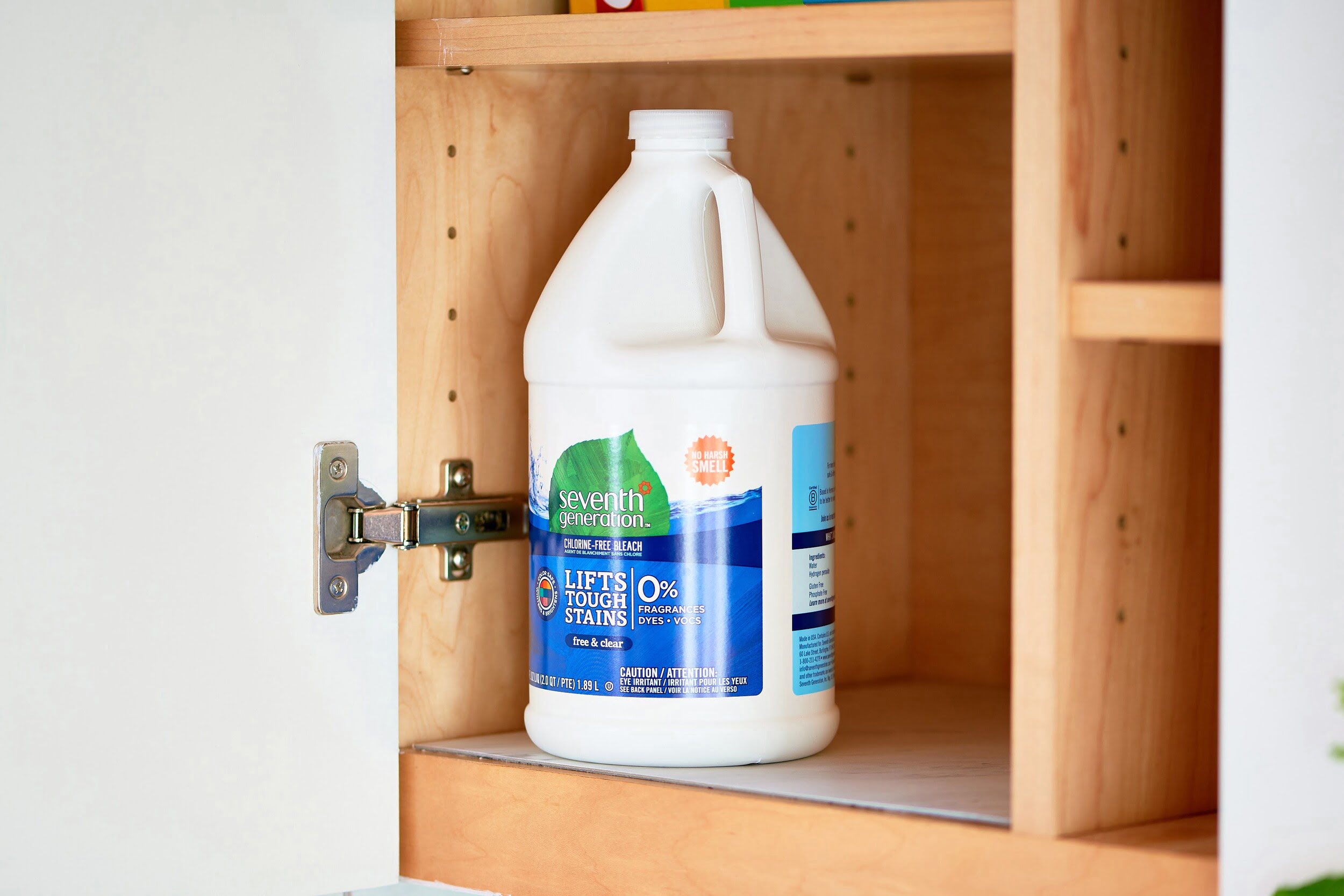




0 thoughts on “How To Store Polaroids”